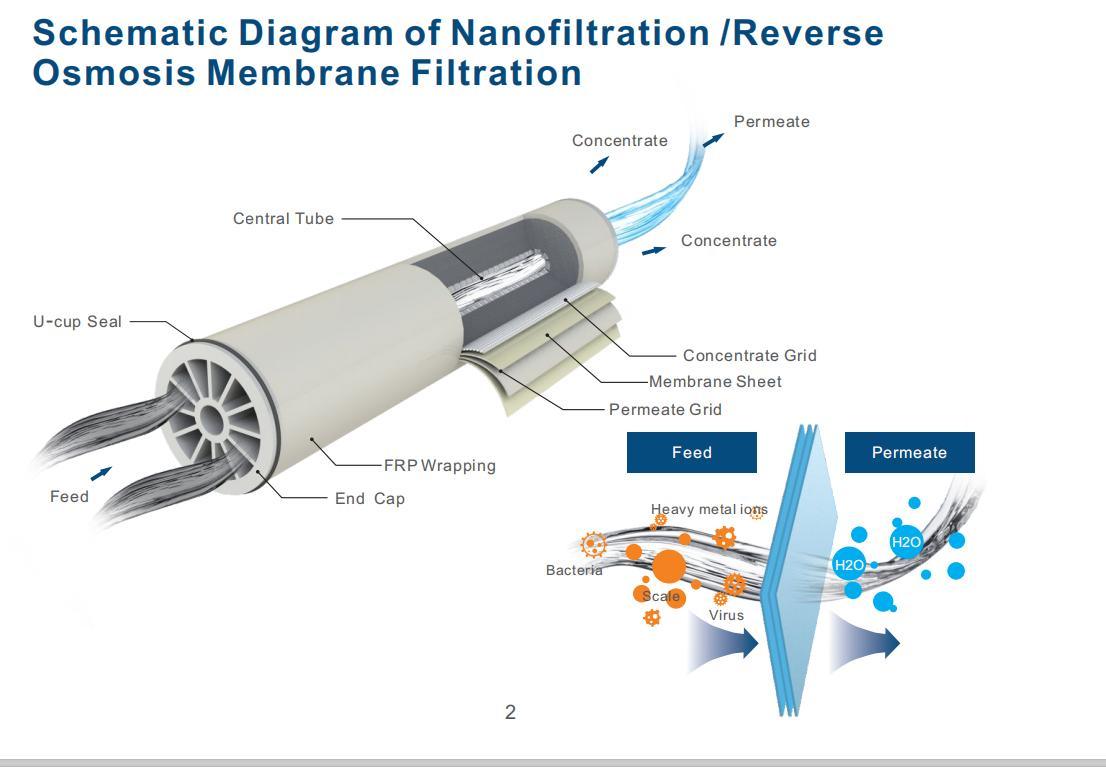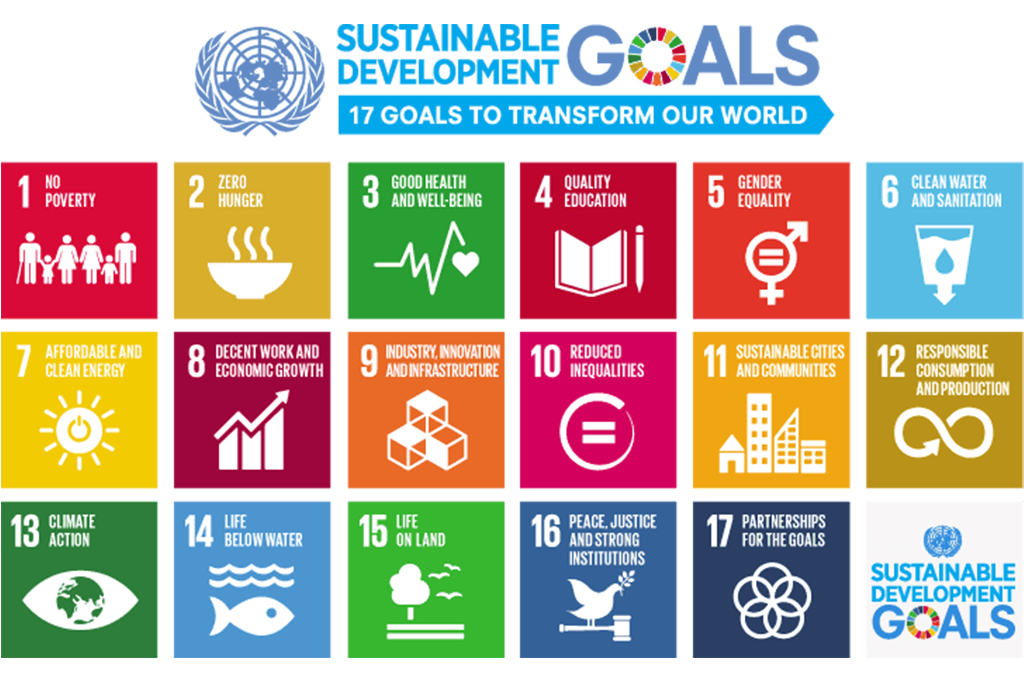Saltwater desalination has the potential to significantly ease the pressure of the global water crisis but it does come with drawbacks including its high cost. There are several ways to get around this barrier; a popular one involves tinkering with the type of desalination membrane. There are three main approaches for desalination – reverse osmosis, nanofiltration, and thermal desalination which are all effective and can be evaluated to optimize desalination yield.
A few emerging nanofiltration membranes were described in a Nano Letters article about “Water Desalination with Two-Dimensional Metal-Organic Framework Membranes.” In the article, a Carnegie Mellon University mechanical engineering team led by Dr. Amir Barati Farimani, assistant professor of mechanical and biomedical engineering performed molecular dynamic simulation using the LAMMPS package to identify the most energy-efficient nanoporous materials for water desalination.
The study simulated and compared the performance of ultrathin 2D membranes made of different nanomaterials in single and multiple layers: graphene, molybdenum disulfide (MoS2), and metal-organic frameworks (MOF) of copper and nickel. The parameters measured were water flux, ion rejection rate, water density, and velocity.
After comparing the water fluxes and performance of MOF and graphene/MoS2, it was concluded that two layers of MOF membranes show 1 order of magnitude (~10x) higher water flux compared to that of single-layer nanoporous graphene or MoS2 while exhibiting the same (100%) salt ion rejection rate.
The use of molecular dynamic analysis was very successful in showing that a two-layer Ni/Cu-HAB MOF can serve as an outstanding desalination material with 3-6 orders of magnitude higher than commercially used desalination materials/techniques such as MFI zeolite, or polyamide. Water desalination performance of MOF offers a potential solution for energy-efficient water desalination, which can take us a huge step closer to ending the water crisis.
Questions:
- Since the study demonstrates MOF’s superior filtration characteristic as a nanoporous material than many other commercial materials or membrane types, have any efforts been made to validate the results in a real-life experiment beyond a computer simulation?
- Why didn’t the article compare two layers of MOF with two layers of MoS2 or graphene for an apples-to-apples comparison?
- How would the MIT researchers I mentioned in another blog post respond to this study since MIT favors the use of graphene and MoS2 instead of a MOF?
What I Like and Could Learn From Them:
Nanoporous membranes (graphene, MoS2, MOF) are of strong interest to me as I have seen actual filtration through graphene membranes during my research visit to MIT in 5th grade for my Capstone project. I have been reading about multiple nanoporous membrane materials and after viewing this article, I learned a lot about the differences between many types of nanoporous materials. I am very interested in Professor Farimani’s work on using AI to evaluate desalination optimization and plan to reach out and learn more.









